What is Green Infrastructure?
Green Infrastructure is a collection of vegetated and pervious practices that mimic the natural environment. They help manage stormwater, increase green space in the city, and improve air and water quality. They also create local habitat, conserve energy and water, and enhance community experience. In the City of Minneapolis, green infrastructure is being added to roads, boulevards, bikeways, and other public spaces.
The City of Minneapolis has 2 categories of green infrastructure:
- Green Stormwater Infrastructure (GSI): Set of green infrastructure practices that also capture and treat stormwater. They do this by infiltration, filtration, or detention.
- Sustainable Landscaping (SL): Set of practices that work with natural environment. They help to sustain local habitat, conserve energy and water, and improve air and water quality and user experience. Examples include trees and native plants.




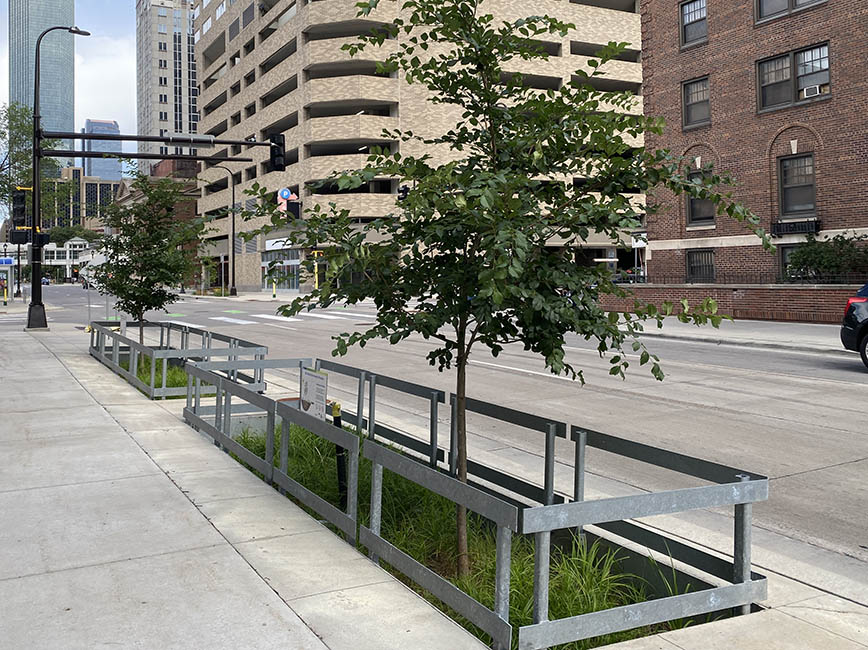












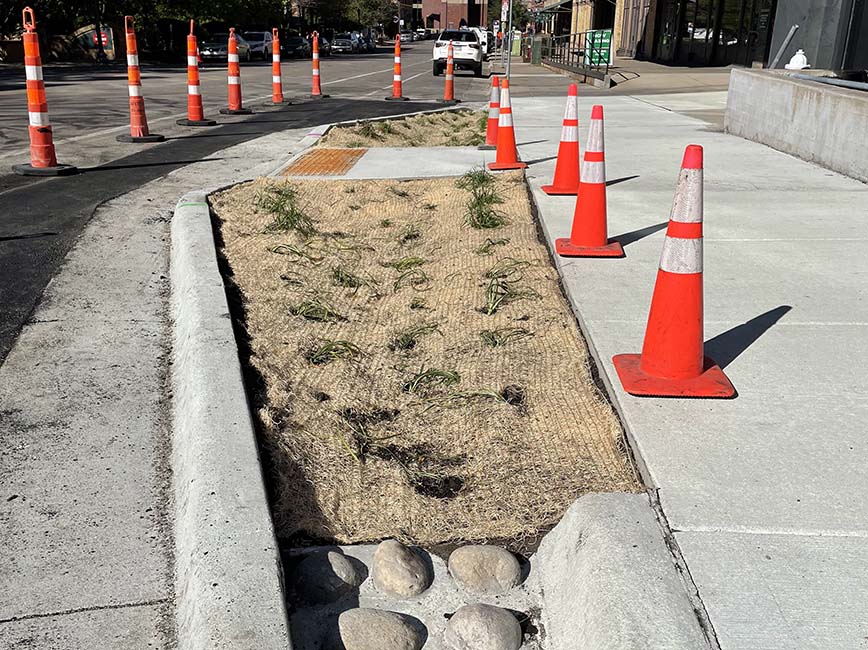
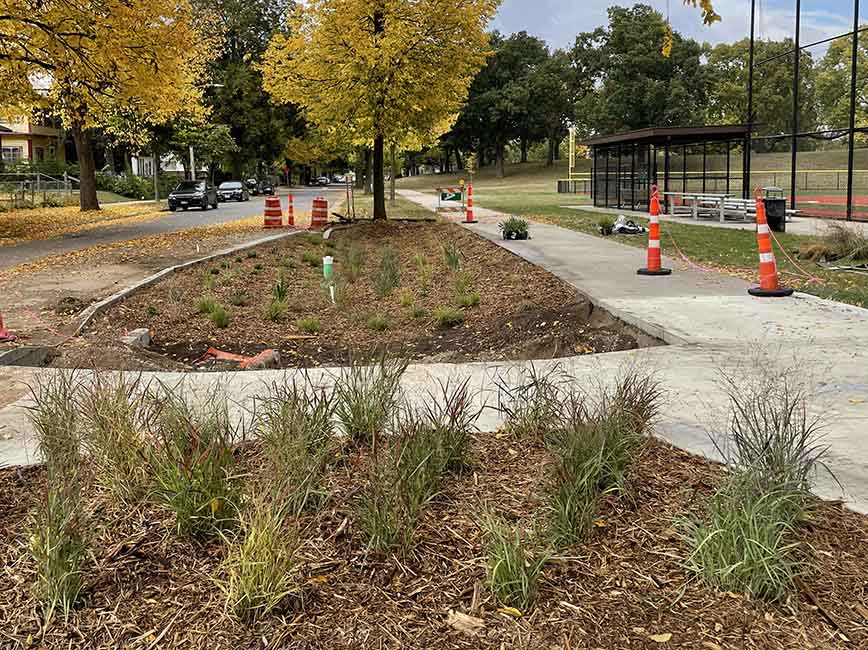
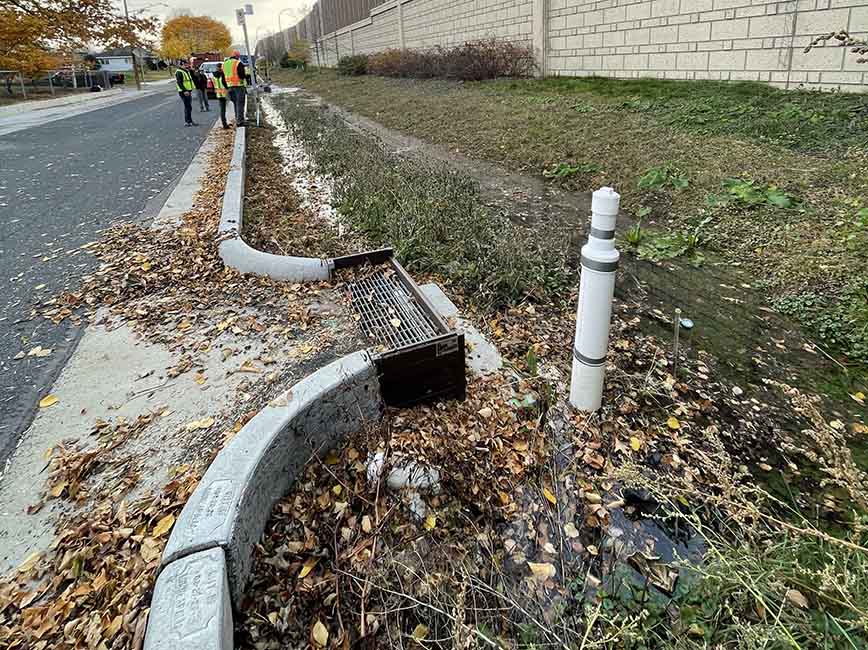

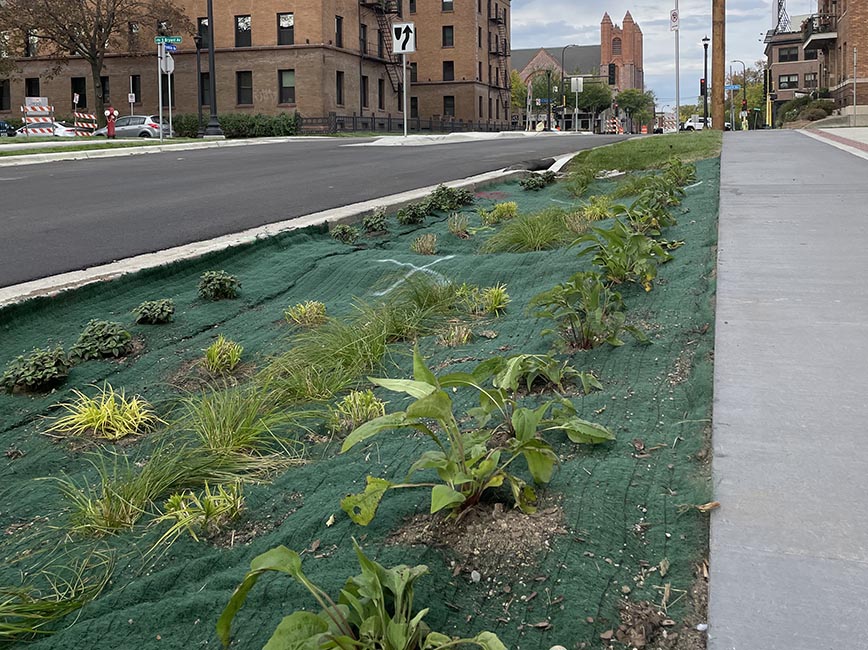
-Tile.jpg)